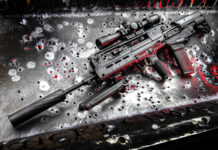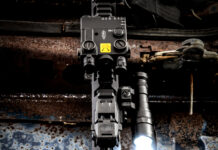At a feathery 23 ounces, this .22 auto pistol now sports a rail and blue shark-gill shroud. And it shoots!
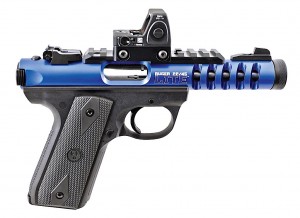 Seventy years ago, William Batterman Ruger was starting a business in hand tools. They proved too expensive to sell. Casting about for another project, he fell in with a graduate of Yale’s Art School, Alex Sturm. Sturm was a painter and a writer, but unlike many young artists, he had some cash. And he shared Bill Ruger’s affinity for firearms. Ruger’s inventive mind fueled an energy born of his long-held dream to build guns He accepted Sturm’s offer of $50,000 to start a gun company—though even in 1948, $50,000 was a pittance in the world of heavy manufacturing.
Seventy years ago, William Batterman Ruger was starting a business in hand tools. They proved too expensive to sell. Casting about for another project, he fell in with a graduate of Yale’s Art School, Alex Sturm. Sturm was a painter and a writer, but unlike many young artists, he had some cash. And he shared Bill Ruger’s affinity for firearms. Ruger’s inventive mind fueled an energy born of his long-held dream to build guns He accepted Sturm’s offer of $50,000 to start a gun company—though even in 1948, $50,000 was a pittance in the world of heavy manufacturing.
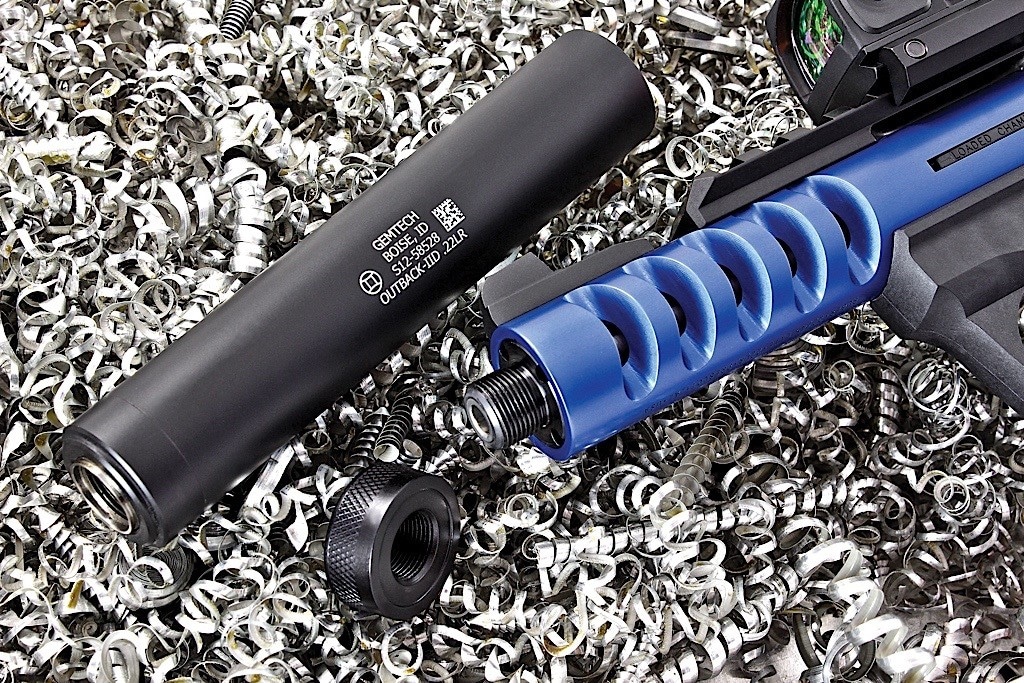
His tool-making venture had taught Ruger that sales prices mattered. His aim: design and produce a pistol that was not only attractive, reliable and accurate but profitable. He’d studied popular handguns of his time. World War II had given John Browning’s 1911 and Luger’s Pistole Parabellum of 1908 much acclaim. Less well-known but used with lethal effect by the Japanese Army was the Nambu, developed by Kijiro Nambu at the turn of the century. The Nambu was a blow-back driven self-loader that fired a low-pressure 8mm cartridge (7mm in the “Baby” Nambu). The Type 14 that became Japan’s official sidearm appeared in 1925. Bill Ruger evidently picked up a Nambu in 1945 from a returning U. S. Marine and built a copy in his garage. Though machining breech and barrel from a single forging held little promise, Ruger saw merit in the Type 14’s fixed receiver and straight-back bolt travel. The sights didn’t move, and they weren’t obscured by a rising toggle.
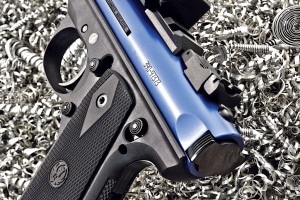
Though often likened to the Luger and Colt’s elegant Woodsman .22 rimfire in profile, Ruger’s first pistol more closely resembled the Nambu in function and was much less expensive to build than the Colt. At its 1949 debut, the first Ruger pistol retailed for $37.50. Stamped steel parts made it affordable; simple, clever design ensured dependable cycling. The new Ruger pointed naturally and was fun to shoot. Major Julian Hatcher, who had mentored Bill Ruger, gave it a sunny review in The American Rifleman. A tsunami of orders followed.
That pistol has since appeared in many forms. When in 1951 Alex Sturm passed away in his 20s, Bill Ruger changed his “red griffin” emblem on the pistol’s grip to a black one. So-called “black eagle” and “silver eagle” guns, in standard and Mark I target versions gave way in 1982 to the Mark II series. In 2005 the Mark III appeared. Ruger began offering a 22/45 in 1993, as a Mark II. It featured a Zytel frame patterned after the Browning-designed Colt 1911 and came in blue and stainless versions, with a list of sight and barrel options. The Mark III 22/45, now a decade old, comprises several variations. Among the most recent and popular: the 22/45 Lite.
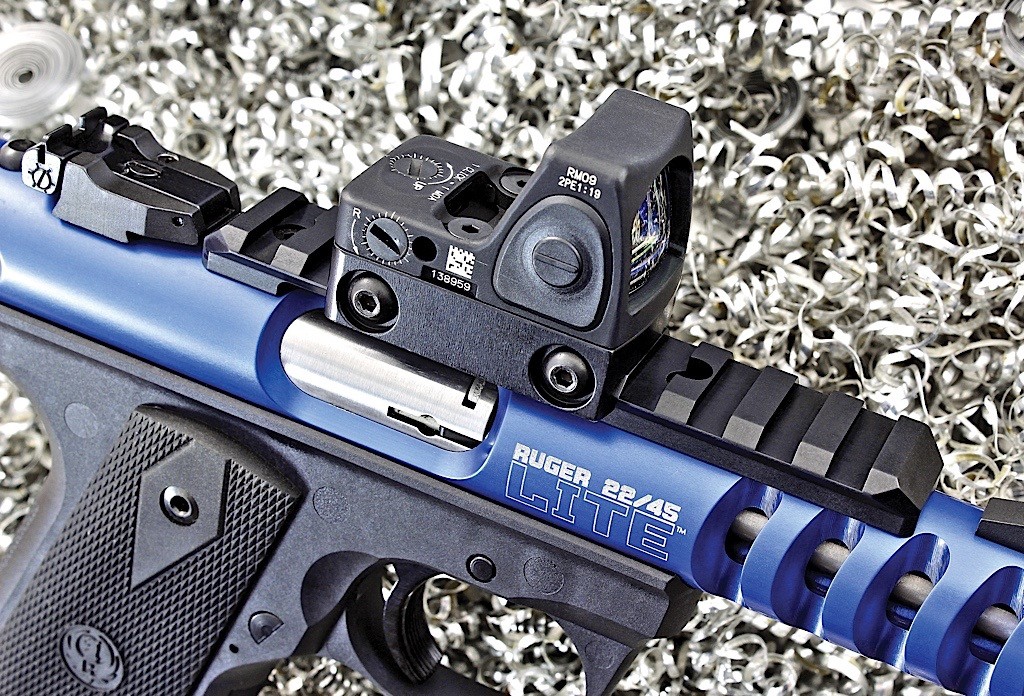
The first Lite arrived in 2012, with gold-anodized “upper.” At 23 ounces, it weighed a half-pound less than the standard 22/45. Annual cosmetic tweaks have followed. The 2013 pistol had a fluted black barrel shroud, and grips of checkered laminates. In 2014 Ruger gave the upper a cobalt hue and perforated the shroud. The 2015 Lite is blue, with “shark gill” cuts in the shroud. As on its predecessors, the muzzle of the 4.4-inch barrel is threaded 1/2 -28 to accept a suppressor. A knurled thread protector is included.










